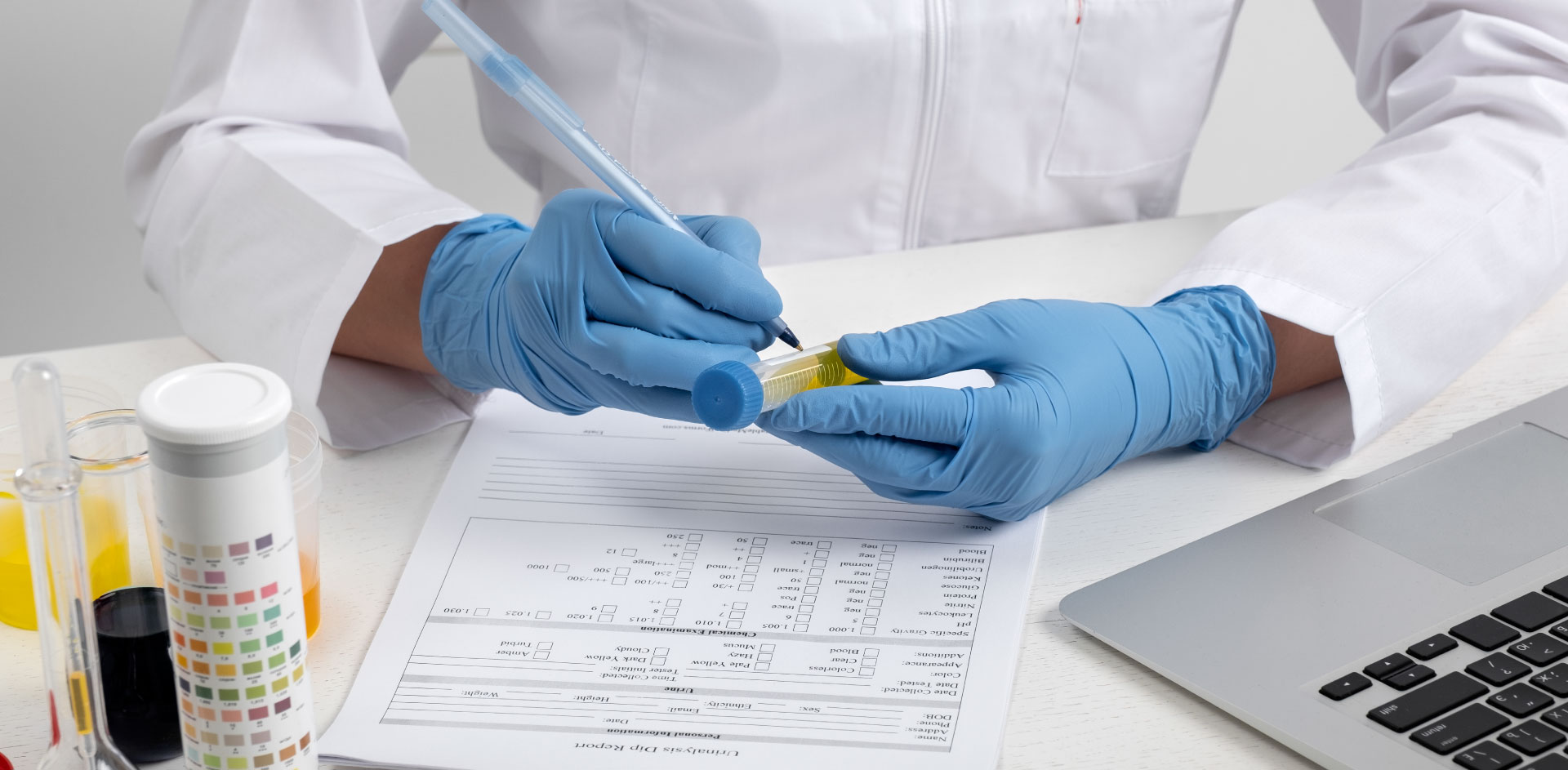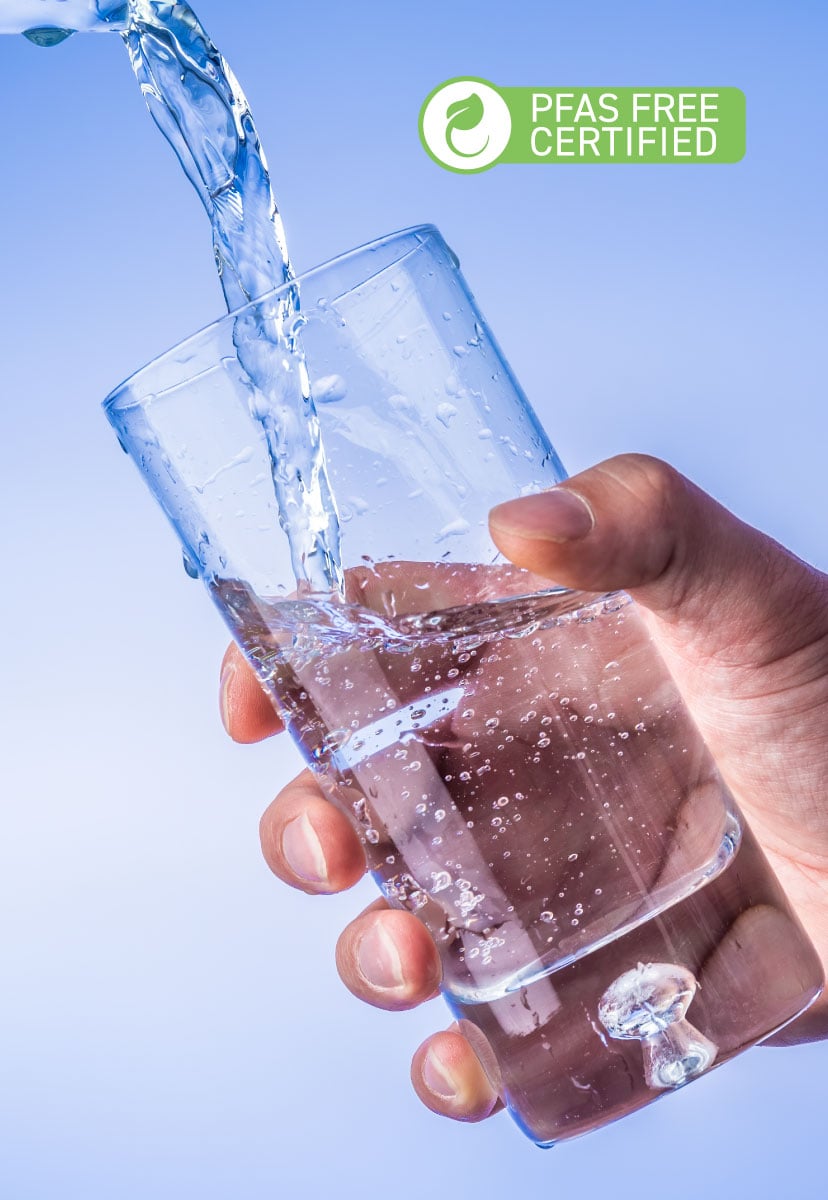The analysis of food samples for pesticides is a laboratory test designed to verify the presence and quantity of chemical residues (pesticides, insecticides, fungicides) in food, in order to ensure their compliance with the legal limits established by European, American or international regulations and to protect the health ofend consumers.
This test guarantees food safety and protects public health. In addition, it allows products to be checked for compliance with the regulations in force in the country where it is carried out and provides companies with a useful framework for improving crop and production management and preventingfuture problems.
Pesticide monitoring: a case study
As reported in the 2021 study by Liang's group on the regulatory monitoring of pesticide residues in food intended for human consumption by the US Food and Drug Administration (FDA) United States between 2009 and 2017, fungicides, herbicides and insecticides have become commonplace in agriculture, as they are capable of protecting crops from insects, pests, fungi and weeds, but they leave residues in food derived from these crops for human and animal consumption.
Because of this, pesticides must be applied according to careful instructions so that residues in food do not exceed the MRLs (maximum residue limits).In this study, over 56,000 food samples for human consumption were collected and analysed between 2009 and 2017 as part of the FDA's pesticide residue monitoring programme in order to identify trends that were not apparent in the annual reports. The study found that 98% of food for human consumption produced in the United States and 90.9% of food for human consumption imported into the United States complied with federal standards.
This study found that 98% of food for human consumption produced in the United States and 90.9% of food for human consumption imported into the United States complied with federal standards.
Although herbicides are the most frequently used substances, insecticides and fungicides were found to be the residues that most often exceeded the limit. Annually, the violation rate for imported samples ranges from 3 to 5 times higher than for US samples. It was also observed that the violation rate for imported samples increased over time, as did the resulting number of residues detected. Targeted sampling of foods with higher product-specific violation rates contributed significantly to the increase in the violation rate. In particular for rice, the greatest discrepancies were found between US tolerances and international maximum residue limits. More generally, most violations were due to pesticide residues that are not authorised in the US.
It should also be noted that DDT continues to persist in the environment, with a presence detected in 2.2% of domestic samples and 0.6% of imported samples, while 42.3% of samples testing positive for DDT were below the limits of quantification.
The analysis of pesticides in food samples often uses techniques such as gas chromatography (GC) and mass spectrometry (MS). The process involves sample preparation, followed by chromatographic separation and detection with highly sensitive detectors such as GC-MS/MS, to measure pesticide levels in complex food matrices.
Field monitoring: solutions offered by GVS
However, there is often a need to carry out initial real-time measurements “in the field”, especially in livestock farming and the food industry, in order to combine production requirements with checks (and only stop production if something is not working). GVS fully understands this need, which is why it has created rapid tests such as the Milk rapid Test Kit to monitor milk and various food samples and obtain results in a maximum of 6-10 minutes.
This rapid test has multiple applications, such as rapid monitoring of veterinary drug residues (detecting the presence of veterinary antibiotics such as β-lactams, tetracyclines and streptomycin, hormones, disinfectants, detergents, steroids and much more); rapid testing to detect the presence of herbicides, pesticides, methylamines and much more; and rapid testing to detect mycotoxins and aflatoxins.
In addition, equipment has been designed for this test, ranging from a portable reading system to a desktop reading system, in order to ensure clear display of the test data.
Furthermore, this data can be easily printed.
For more information browse our catalogue here
Sources:
Liang CP, Sack C, McGrath S, Cao Y, Thompson CJ, Robin LP. US Food and Drug Administration regulatory pesticide residue monitoring of human foods: 2009-2017. Food Addit Contam Part A Chem Anal Control Expo Risk Assess. 2021 Sep;38(9):1520-1538. doi: 10.1080/19440049.2021.1934574. Epub 2021 Jun 30. PMID: 34187313. Microbiology-Product-Catalog gvs, pp 63-68




